Exploring mountainous terrain on horseback offers unparalleled adventures, combining breathtaking vistas with the timeless bond between human and equine. However, not all horses are created equal when it comes to tackling the unique challenges of high-altitude environments. The reduced oxygen levels, steep and rocky trails, and often extreme temperature variations require specially adapted equines with particular physiological and temperamental traits. This article explores the premier horse breeds that excel in high-altitude conditions, providing crucial information for riders planning mountain expeditions or those living in elevated regions who need reliable equine companions.
Understanding High-Altitude Challenges for Horses

At elevations above 8,000 feet, horses face significant physiological challenges that affect their performance and health. The decreased oxygen availability means horses must work harder to maintain adequate oxygen delivery to their muscles and vital organs. This increased cardiovascular demand can lead to altitude sickness in unprepared or unsuitable equines, manifesting as labored breathing, decreased appetite, and reduced stamina. Additionally, high-altitude environments typically feature more extreme weather conditions, from intense UV radiation to rapid temperature changes, requiring horses with adaptable thermoregulation systems. The terrain itself presents obstacles including narrow paths, loose rock, steep inclines and declines, and potentially treacherous footing that demands sure-footedness and confidence from the equine partner.
Peruvian Paso: The Smooth Mountain Navigator
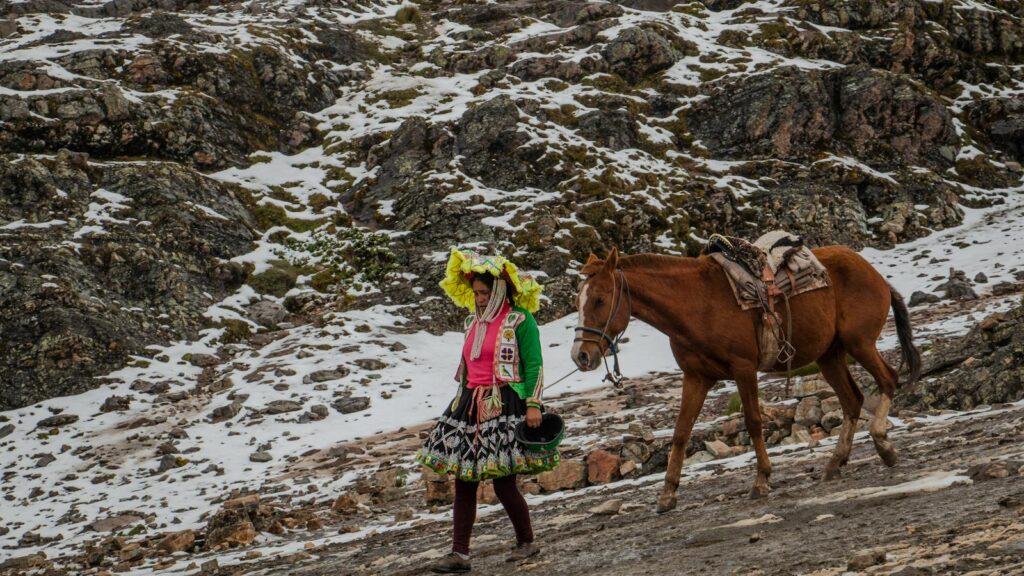
The Peruvian Paso has evolved in the Andean regions of Peru, making it genetically predisposed to excel at altitude. These horses possess a unique four-beat lateral gait called the “paso llano,” which provides exceptional smoothness for riders traversing rough mountain terrain for extended periods. Their medium build (typically 14.1-15.2 hands) combines strength with agility, while their characteristically deep chest accommodates well-developed lungs that process thin mountain air efficiently. Peruvian Pasos are known for their brio—a willing and forward-moving attitude without excessive excitement—making them responsive yet controlled on precarious mountain paths. Their historical development as transportation horses across the varied Peruvian landscape, from coastal regions to high mountain passes, has created a breed that adapts quickly to changing elevations and conditions.
Icelandic Horse: Cold-Weather Mountain Specialist
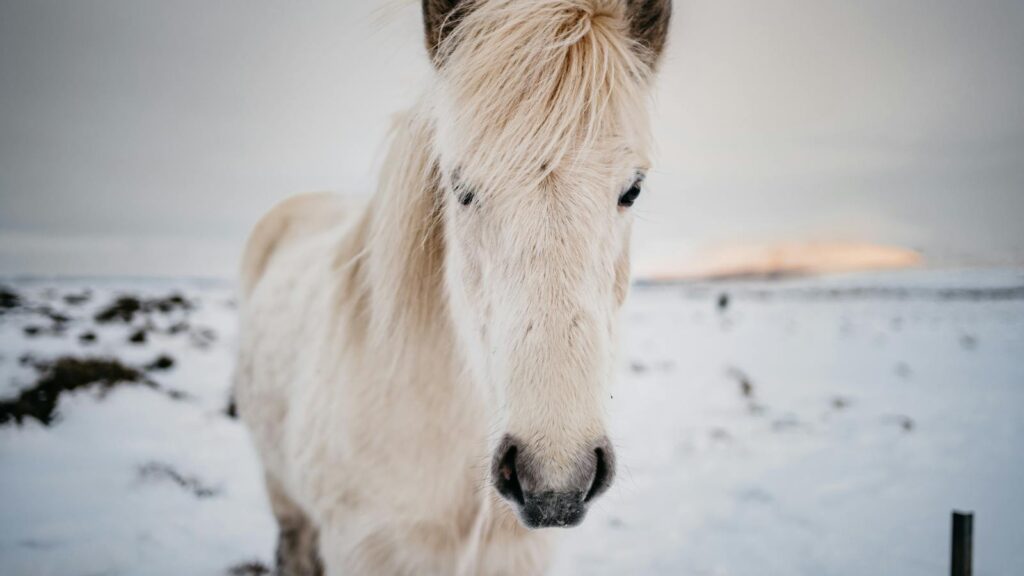
Despite their pony-like stature (13-14 hands), Icelandic horses possess remarkable strength and carrying capacity relative to their size, easily accommodating adult riders through mountainous terrain. These horses have evolved in the harsh volcanic landscape of Iceland, developing exceptional hardiness and thriving in cold, windy conditions common at high elevations. Their unique five gaits, particularly the tölt—a four-beat lateral gait where at least one foot always touches the ground—provides extraordinary stability on uneven mountain trails without tiring the rider with excessive bouncing. The Icelandic’s dense double coat offers superior insulation in cold mountain environments, while their efficient metabolism allows them to maintain energy on the sparse forage often found at higher elevations. Historically isolated for over a thousand years, these horses developed without the influence of outside breeds, resulting in strong disease resistance and robust health even in challenging conditions.
Haflinger: The Alpine Golden Wonder
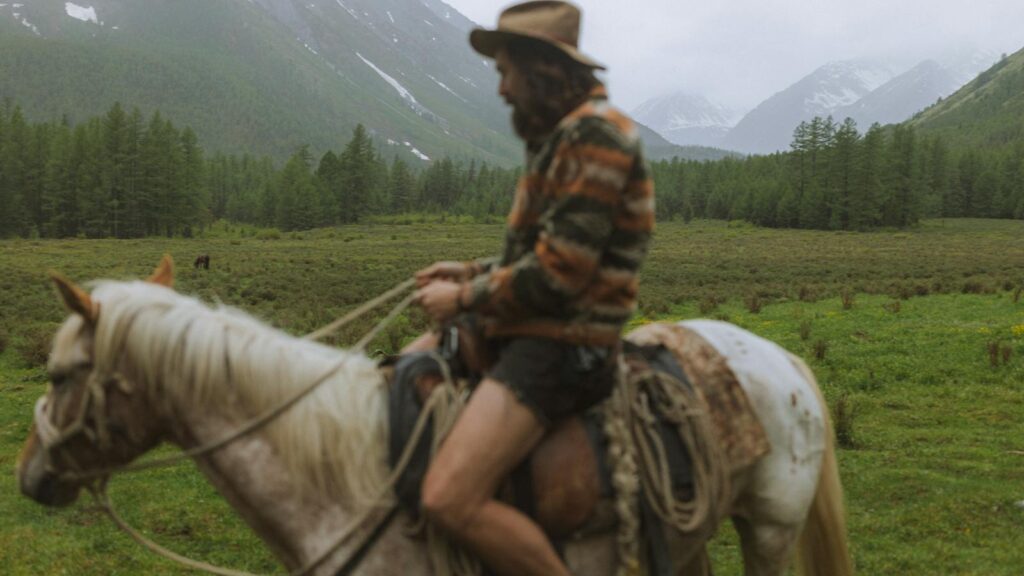
Originating in the Tyrolean mountains of Austria and northern Italy, Haflingers are purpose-built for high-altitude work with compact, muscular bodies standing 13.2-15 hands. Their distinctive chestnut coloring with flaxen mane and tail is not just aesthetically pleasing but often includes darker guard hairs that provide additional UV protection at altitude where solar radiation is more intense. Haflingers possess an exceptional strength-to-size ratio, allowing them to carry substantial loads uphill while maintaining their famous sure-footedness on rocky, steep terrain. Their calm, intelligent disposition makes them trustworthy partners when navigating potentially dangerous mountain passages, while their willingness to work stems from centuries of breeding as versatile farm and draft horses in alpine environments. These horses demonstrate remarkable lung capacity and efficient oxygen use, developed through generations of life and work at elevations above 3,000 feet.
Tibetan Horse: The Ultimate High-Altitude Specialist

Perhaps no breed is better adapted to extreme altitudes than the Tibetan horse, which has evolved over thousands of years to thrive on the Tibetan Plateau at elevations averaging 14,800 feet. These horses possess unique physiological adaptations, including larger hearts and lungs relative to their body size, significantly higher red blood cell counts, and specialized hemoglobin that binds oxygen more efficiently in low-oxygen environments. Their compact bodies (typically 12-13.2 hands) with deep chests maximize lung capacity while maintaining the agility needed for navigating treacherous mountain paths. Tibetan horses display exceptional cold tolerance with thick winter coats and the ability to lower their metabolic rate during extreme conditions, a survival adaptation for the harsh Himalayan environment. While less commonly found outside their native region, these horses represent the gold standard for high-altitude equine adaptation and provide valuable genetic material for breeding programs focused on developing altitude-tolerant horses.
Rocky Mountain Horse: Smooth Gaits for Mountain Trails

Developed in the Appalachian Mountains of eastern Kentucky, the Rocky Mountain Horse has evolved to handle varied terrain and elevation changes with exceptional skill. Their signature four-beat ambling gait, known as the “single-foot,” provides a smooth ride that reduces fatigue for both horse and rider during long mountain journeys, allowing travelers to cover more ground comfortably. Standing 14.2-16 hands, these horses possess a sturdy build with strong bone structure and hard hooves that hold up well on rocky mountain paths without requiring constant farrier attention in remote areas. Rocky Mountain Horses are known for their level-headed, sensible demeanor, maintaining calm even when facing unexpected challenges like wildlife encounters or sudden weather changes common in mountain environments. Their moderate size combines the strength needed for uphill climbs with the agility required for navigating switchbacks and narrow passages, making them versatile companions for various high-country adventures.
Criollo: South American Mountain Master

The Criollo horse represents centuries of natural selection across the diverse South American landscape, including the high Andes Mountains, creating an exceptionally hardy and adaptable breed. These horses famously completed the 13,800-mile “Great Criollo Ride” in 1925-1928, traversing some of the most challenging mountain terrain on the continent and demonstrating their unparalleled endurance. Criollos possess an extremely efficient metabolism that allows them to maintain condition on minimal forage, a crucial adaptation for high-altitude environments where vegetation is often sparse and low in nutritional value. Their compact, muscular build (14-15 hands) features a broad chest and well-developed hindquarters, providing the power needed for steep climbs while maintaining the agility to navigate treacherous descents. Perhaps most importantly, Criollos demonstrate remarkable cardiac efficiency at altitude, with hearts that can maintain performance with less oxygen while resisting the pulmonary edema that threatens less-adapted breeds at extreme elevations.
Mustang: Natural Selection at Elevation

Wild Mustang herds living in the mountainous regions of the American West have undergone intense natural selection for high-altitude survival, with only the most adaptation-capable individuals surviving to pass on their genetics. Mustangs from high-elevation ranges like Wyoming’s Pryor Mountains or Colorado’s high country demonstrate exceptional hoof hardness, often going without shoes even on rocky terrain due to generations of natural trimming on abrasive surfaces. Their legendary “mountain horse sense” manifests as an instinctive ability to choose safe paths through dangerous terrain, often making better trail decisions than their human riders when given the freedom to navigate. Mustangs typically possess excellent barrel depth for lung capacity and efficient metabolisms that thrive on the sparse, dry forage common in high-elevation environments. When properly gentled and trained, these horses bring unparalleled survival instincts to high-altitude expeditions, including weather prediction sensitivity that can alert riders to approaching storms—a potentially life-saving trait in mountain environments where conditions can change rapidly.
Akhal-Teke: Desert Adaptations for Mountain Success

Though originating in the deserts of Turkmenistan rather than mountains, the Akhal-Teke possesses physiological traits that translate remarkably well to high-altitude environments. Their naturally lean bodies feature exceptionally efficient cardiovascular systems developed through centuries of endurance riding, allowing them to process limited oxygen with remarkable efficiency at elevation. The breed’s famously thin skin and fine coat, while seemingly disadvantageous in cold mountain environments, actually facilitate rapid adaptation to temperature changes—a crucial ability when mountain conditions can swing from hot to freezing within hours. Akhal-Tekes possess extraordinary endurance combined with light, floating gaits that conserve energy while covering difficult terrain, allowing them to maintain performance at elevations where other breeds quickly fatigue. Their intelligence and strong bond with specific handlers make them responsive partners in potentially dangerous mountain situations, while their renowned hardiness enables them to recover quickly from the physical demands of high-altitude exertion.
Morgan Horse: Versatile American Mountain Companion
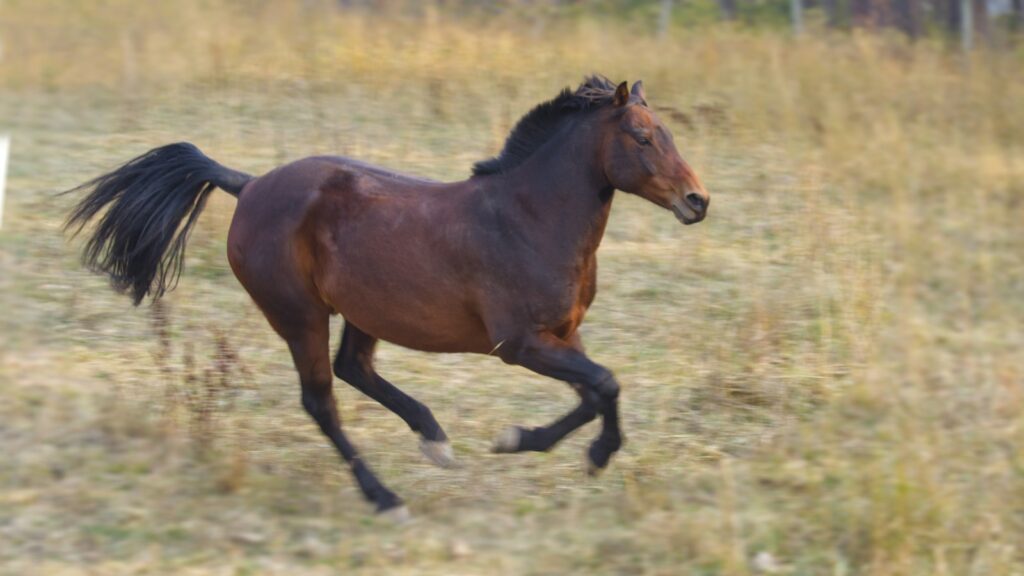
The Morgan horse’s compact, powerful build (typically 14.1-15.2 hands) features exceptional strength-to-weight ratio and athletic versatility that translates well to varied mountain demands. These horses possess remarkable cardiac efficiency and recovery rates, allowing them to tackle significant elevation gains without undue strain on their cardiovascular systems. The Morgan’s famously level head and willing disposition make them reliable partners when facing the mental challenges of mountain riding, including exposure, wildlife encounters, and navigating technical terrain that might unnerve more reactive breeds. Their balanced conformation includes a short, strong back that efficiently transfers power from the hindquarters when climbing, while their characteristically strong hooves hold up well on abrasive mountain surfaces. Historical evidence of Morgan adaptability comes from their extensive use by the U.S. Cavalry in the mountainous American West, where they proved capable of handling both the physical demands of altitude and the environmental stresses of variable mountain weather.
Quarter Horse: Athletic Power for Mountain Trails
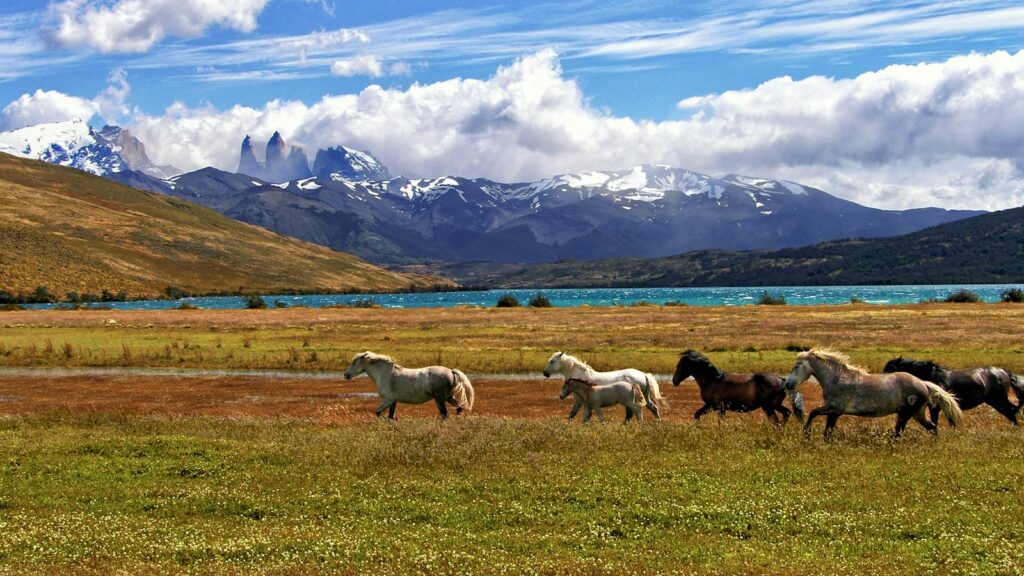
The American Quarter Horse offers a combination of strength, agility, and level-headedness that serves riders well in mountain environments, particularly those bred from working western bloodlines rather than show or racing stock. Their powerful hindquarters provide the explosive strength needed for navigating steep inclines, while their renowned agility allows them to maneuver through technically challenging sections of mountain trails with confidence. Quarter Horses typically possess a sensible, thinking disposition that helps them remain calm when facing the various challenges of mountain riding, from narrow ledges to wildlife encounters or sudden weather changes. The breed’s muscular build includes substantial lung capacity, while their naturally sturdy hooves often require minimal special shoeing even on rocky terrain. Working-bred Quarter Horses tend to have excellent recovery rates between exertions, an important consideration when multiple mountain passes must be traversed in a single journey.
Arabian: Desert Endurance Meets Mountain Challenges
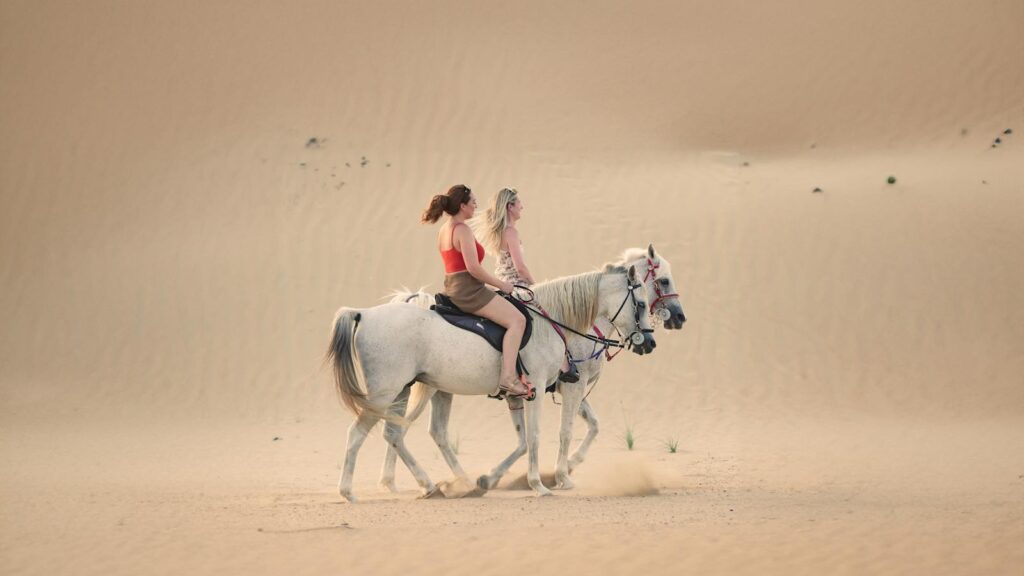
Arabians have proven themselves exceptional high-altitude performers despite their desert origins, with their legendary endurance capabilities translating remarkably well to mountain environments. Their efficiently designed cardiovascular system features proportionally larger hearts and lung capacity than most breeds, allowing them to process limited oxygen more effectively at elevation. The breed’s naturally efficient movement conserves energy over long distances and varied terrain, while their intelligent, alert nature helps them navigate challenging trails with minimal missteps. Arabian horses possess exceptional heat dissipation mechanisms—important not just in their native desert but also at high altitudes where solar radiation intensity increases dramatically. Their strong hooves and sound legs, developed through centuries of selective breeding for long-distance travel over varied terrain, provide the foundation necessary for the repeated concussion of mountain ascents and descents without breaking down.
Training and Acclimatization for High-Altitude Equines

Even the most genetically suitable breeds require proper acclimatization and conditioning before tackling serious high-altitude expeditions. Horses should be gradually introduced to elevation, ideally with staged stops at increasing altitudes allowing at least 3-7 days of adaptation at each significant elevation increase. Cardiovascular conditioning at lower elevations before the expedition builds the foundation for success, focusing on both slow long-distance work to build aerobic capacity and short higher-intensity intervals to develop the anaerobic systems needed for steep climbs. Nutritional considerations become critically important at altitude, with horses typically requiring 15-20% more calories to maintain condition while working in oxygen-depleted environments, along with electrolyte supplementation to replace what’s lost through increased respiration. Specialized training for mountain-specific challenges—including practice on varied terrain, exposure training for dropoffs, and desensitization to mountain wildlife—prepares even the most naturally adapted breeds for the unique mental and physical challenges of high-altitude adventures.
Monitoring Horse Health at High Elevations

Riders venturing into high-altitude environments must become adept at recognizing the early signs of altitude-related distress in their equine partners. Normal equine vital signs shift at altitude—with respiratory rates typically increasing 10-30% while resting heart rates may elevate 5-15 beats per minute above the horse’s normal baseline. Monitoring capillary refill time (which should remain under 2 seconds) provides insight into circulation efficiency, while tracking hydration through skin tent tests becomes crucial as horses often experience decreased thirst response despite increased fluid needs at altitude. Early intervention at the first signs of altitude sickness—including unusual lethargy, decreased appetite, excessive sweating without appropriate exertion, or irregular breathing patterns—can prevent progression to more serious conditions like pulmonary edema. Experienced high-altitude riders maintain detailed journals tracking their horses’ vital signs, appetite, water consumption, and energy levels throughout expeditions, establishing individual baselines that help identify concerning changes before they become emergencies.
conclusion

When selecting a horse for high-altitude adventures, consideration of breed characteristics should be balanced with individual assessment, as exceptional specimens exist within many breeds. The ideal mountain horse combines physiological adaptations for efficient oxygen use with the mental fortitude to handle challenging terrain and conditions. Whether you choose the smooth-gaited Peruvian Paso, the hardy Icelandic, or the athletically versatile Quarter Horse, proper conditioning and acclimatization remain essential components of successful mountain riding. By understanding the unique demands of high-altitude environments and selecting an appropriately suited equine partner, riders can safely experience the incomparable joy of exploring mountain wilderness on horseback—accessing remote landscapes in the most traditional and rewarding manner possible.







